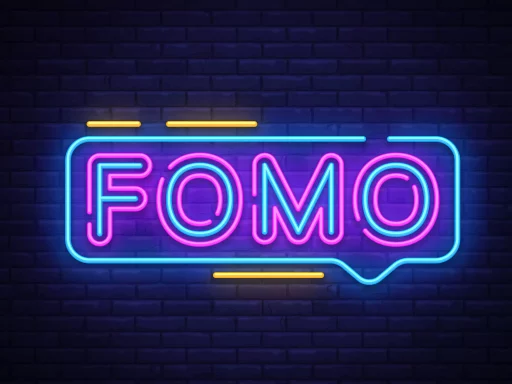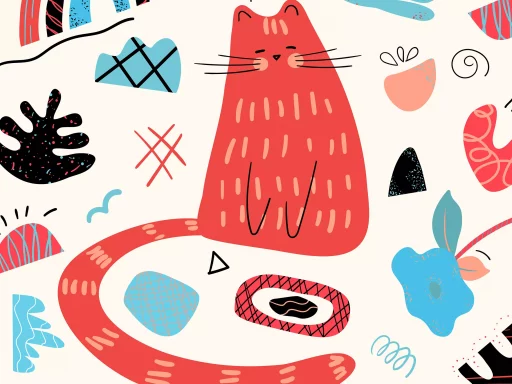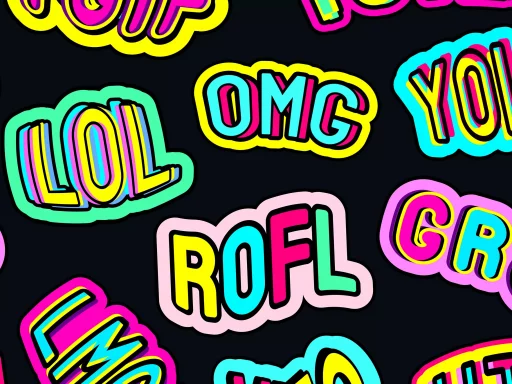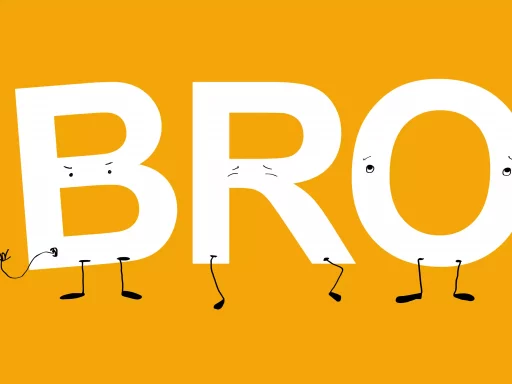Introduction
Kissing is a universal expression of affection, transcending borders and cultures. It’s no wonder that various cultures have developed their own slang for this intimate act. In this article, we will explore some of the most colorful and creative slang terms for kissing, their origins, and how they reflect the nuances of romantic interactions.
The Evolution of Kissing Slang
The way we express love and affection has always evolved, and the slang around kissing is a prime example of this. From playful terms used by teenagers to more serious expressions among adults, slang for kissing can tell us a lot about the relationship dynamics of a particular time or culture.
Popular Slang Terms for Kissing
- Peck: A quick, light kiss, often used to describe a playful or innocent gesture. The term dates back to the early 20th century.
- French Kiss: A passionate kiss involving the use of tongues. This term emerged in the 1920s and signifies a more intimate encounter.
- Mwah: An auditory representation of a kiss, often used in written communication to convey affection.
- Lock Lips: Suggests a deeper connection, as if the two people’s lips are ‘locked’ together in intimacy.
- Snog: A British slang term that refers to kissing or making out, often used in a playful context.
- Chick-a-chick: A lesser-known term, often found in playful banter among younger individuals.
- Make Out: An American phrase that indicates prolonged kissing and petting, typically between romantic partners.
Slang in Pop Culture
Pop culture has a significant influence on the slang surrounding kissing. Movies, music, and social media often coalesce to create or popularize terms that resonate with younger audiences.
- Television and Film: Iconic movie scenes featuring passionate kisses can make specific terms more mainstream, for instance, the ‘French Kiss’ trope in romantic comedies.
- Music Influences: Songs that mention kissing often give rise to new slang or popularize existing terms. For example, Katy Perry’s “I Kissed a Girl” brought attention to the idea of same-gender kissing.
- Social Media Trends: Platforms like TikTok amplify new slang through challenges and viral content that showcases romantic interactions.
Case Studies: Regional Variations
Kissing slang varies significantly across different regions, influenced by local culture, language, and societal norms. Here are a few examples:
- United States: The term “smooch” is commonly used in the U.S. to indicate a sweet, romantic kiss.
- United Kingdom: In British slang, “snog” is often used, which suggests a more intense and passionate kissing experience.
- Spain: Spaniards may refer to a kiss as “beso,” but colloquially, “chupar” can mean to kiss, as in to suck, which implies a more passionate embrace.
Statistics and Trends
The interest in kissing and its various slang terms is reflected in social media trends and internet searches. According to a survey conducted by Statista, over 65% of young adults aged 18-24 have used slang terms when discussing romantic encounters.
Additionally, Google’s search data indicates a marked increase in queries for terms like “French kiss” and “makeout” during February, particularly leading up to Valentine’s Day. This suggests that as the holiday approaches, people become more interested in romantic expressions, including slang terminology.
Conclusion
Slang for kissing encapsulates the romance of human interaction and reflects sociocultural dynamics at play in relationships. By recognizing and understanding these terms, we not only enrich our vocabulary but also deepen our understanding of love and affection across different cultures. Whether it’s a simple peck or an intense make-out session, the language we use around kissing speaks volumes about our feelings and connections.






